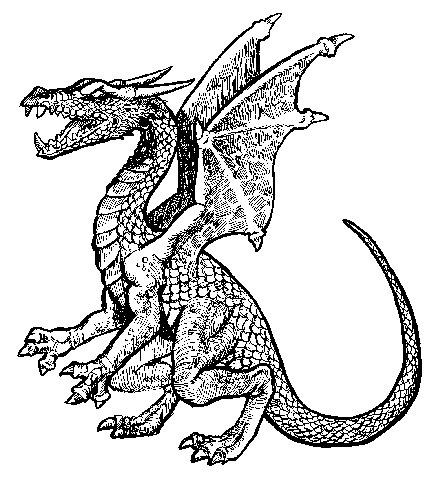Art
Art and Design
At Southbury, we want our pupils to become creative and expressive artists, who have the freedom to explore art through a build-up of various skills and techniques. The topics covered allow the children to develop these skills and techniques through a wide range of media. Pupils are encouraged and supported to experiment, take risks and evaluate their creative processes. They are also exposed to the work of various artists, craft makers and designers to give them opportunities to evaluate and analyse artwork as well as make comparisons to their own work and that of others.
Although art is taught as a standalone topic in our school, it is often creatively weaved in throughout the curriculum and we do not underestimate its importance. Research suggests that the arts develop creativity – a core pre-requisite for innovative mindsets, communicative attitudes and problem-solving. It seems obvious that the skill of ‘creating’ is fundamental to the development of solutions. Therefore, we are keen to encourage experimentation, exploration and the pushing of ideas in imaginative ways.
Aims
At Southbury, we follow the National Curriculum for Art and Design, which states that all pupils should:
- produce creative work, exploring their ideas and recording their experiences
- become proficient in drawing, painting, sculpture and other art, craft and design techniques
- evaluate and analyse creative works using the language of art, craft and design
- know about great artists, craft makers and designers, and understand the historical and cultural development of their art forms
This is achieved by pupils being taught:
In Key Stage 1:
- to use a range of materials creatively to design and make products
- to use drawing, painting and sculpture to develop and share their ideas, experiences and imagination
- to develop a wide range of art and design techniques in using colour, pattern, texture, line, shape, form and space
- about the work of a range of artists, craft makers and designers, describing the differences and similarities between different practices and disciplines, and making links to their own work.
In Key Stage 2:
- to create sketch books to record their observations and use them to review and revisit ideas
- to improve their mastery of art and design techniques, including drawing, painting and sculpture with a range of materials [for example, pencil, charcoal, paint, clay]
- about great artists, architects and designers in history
